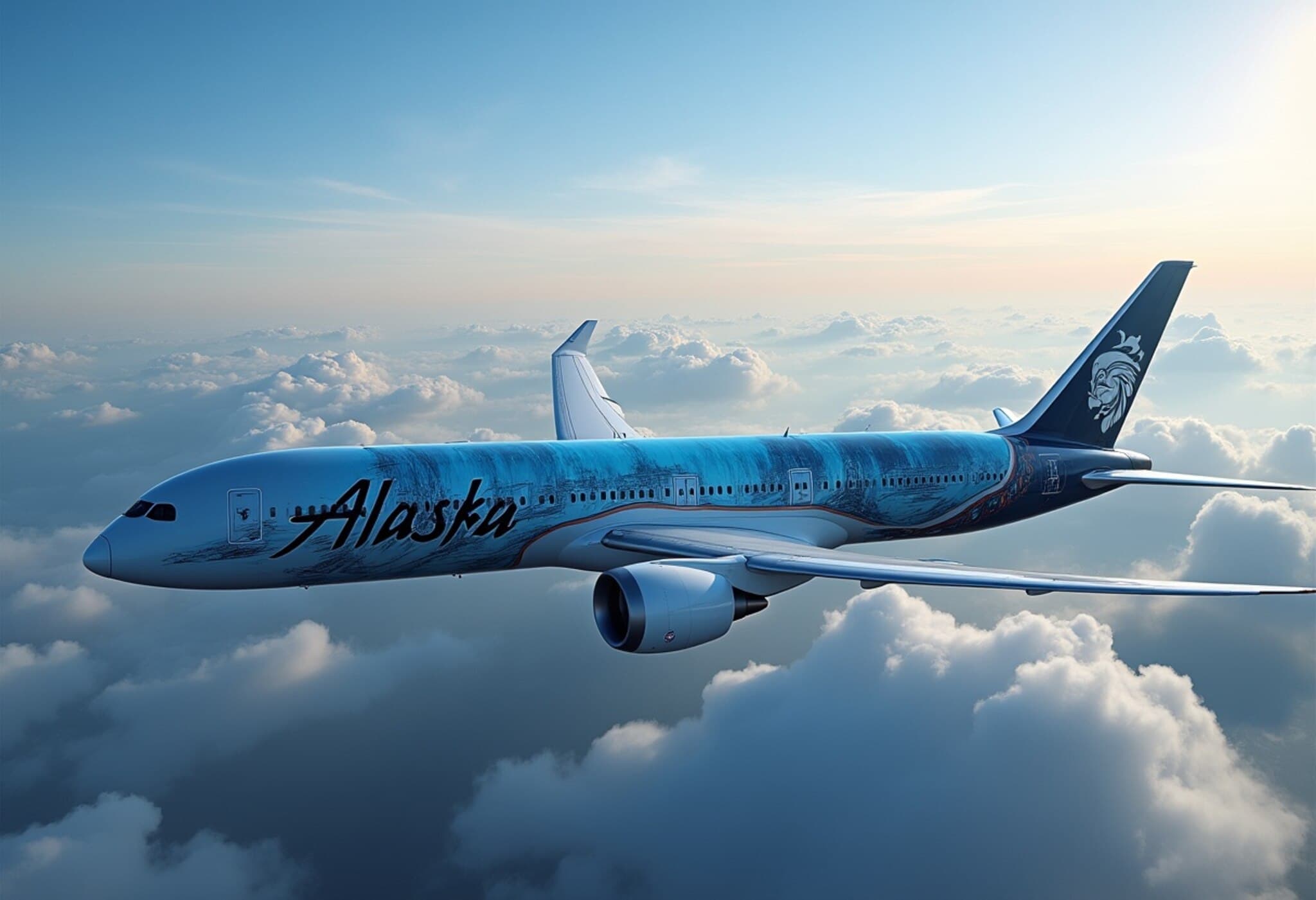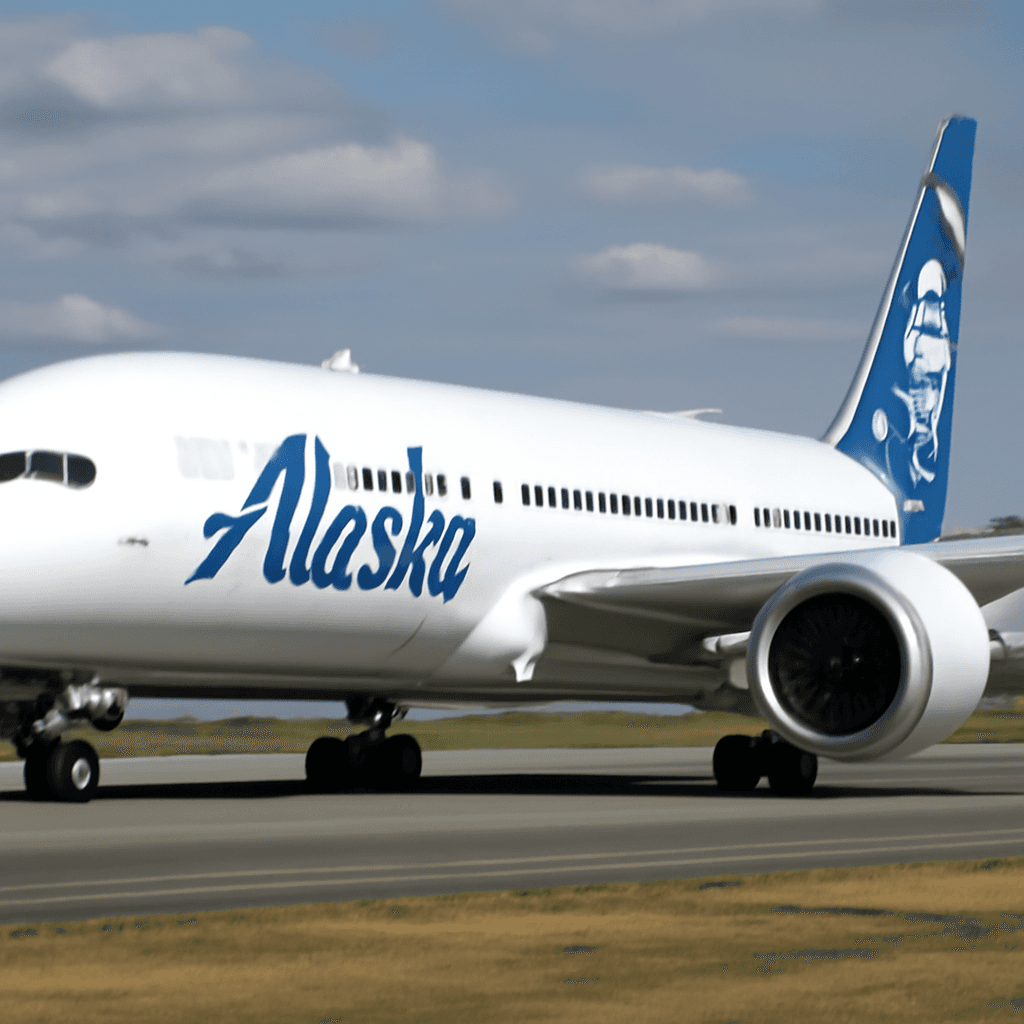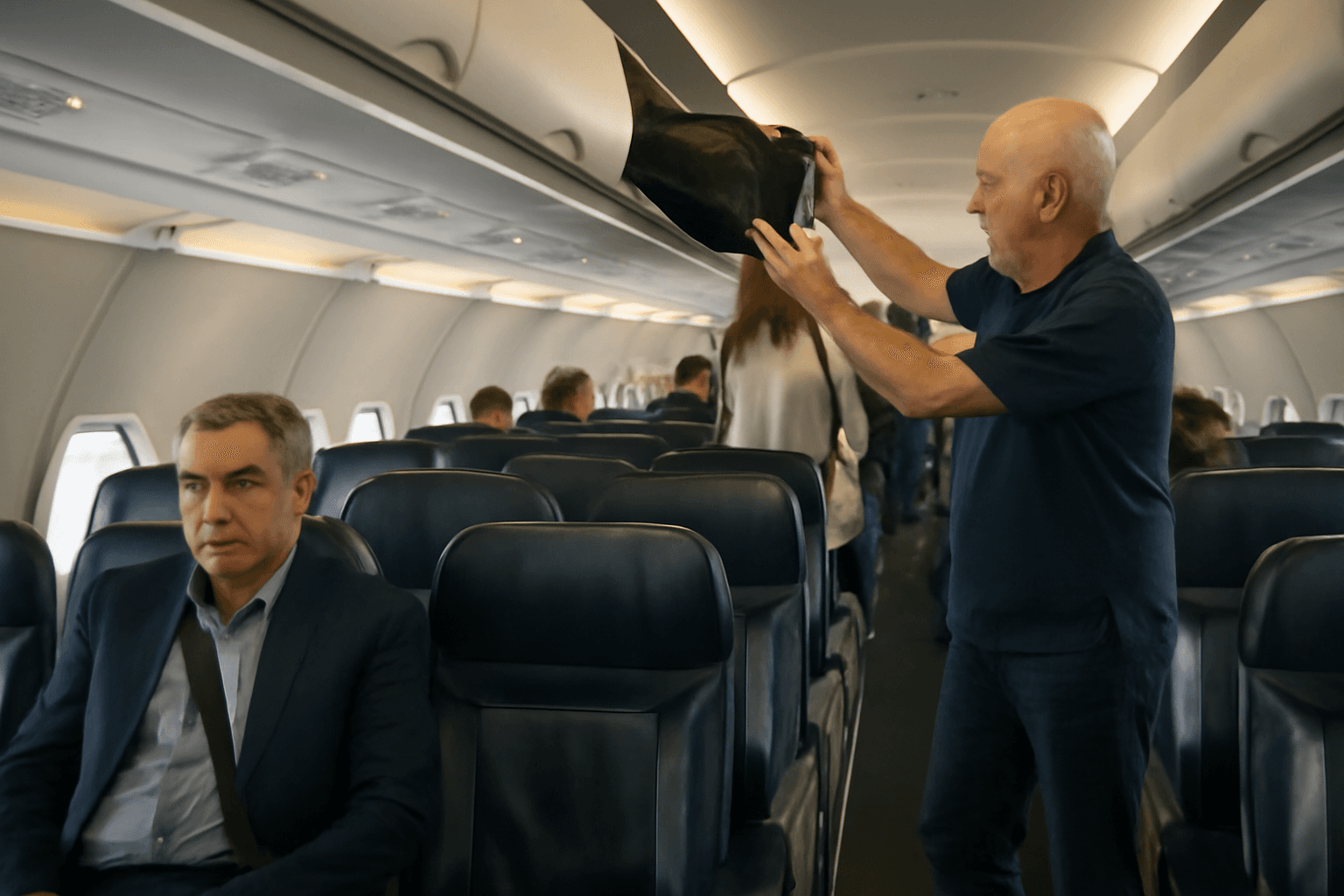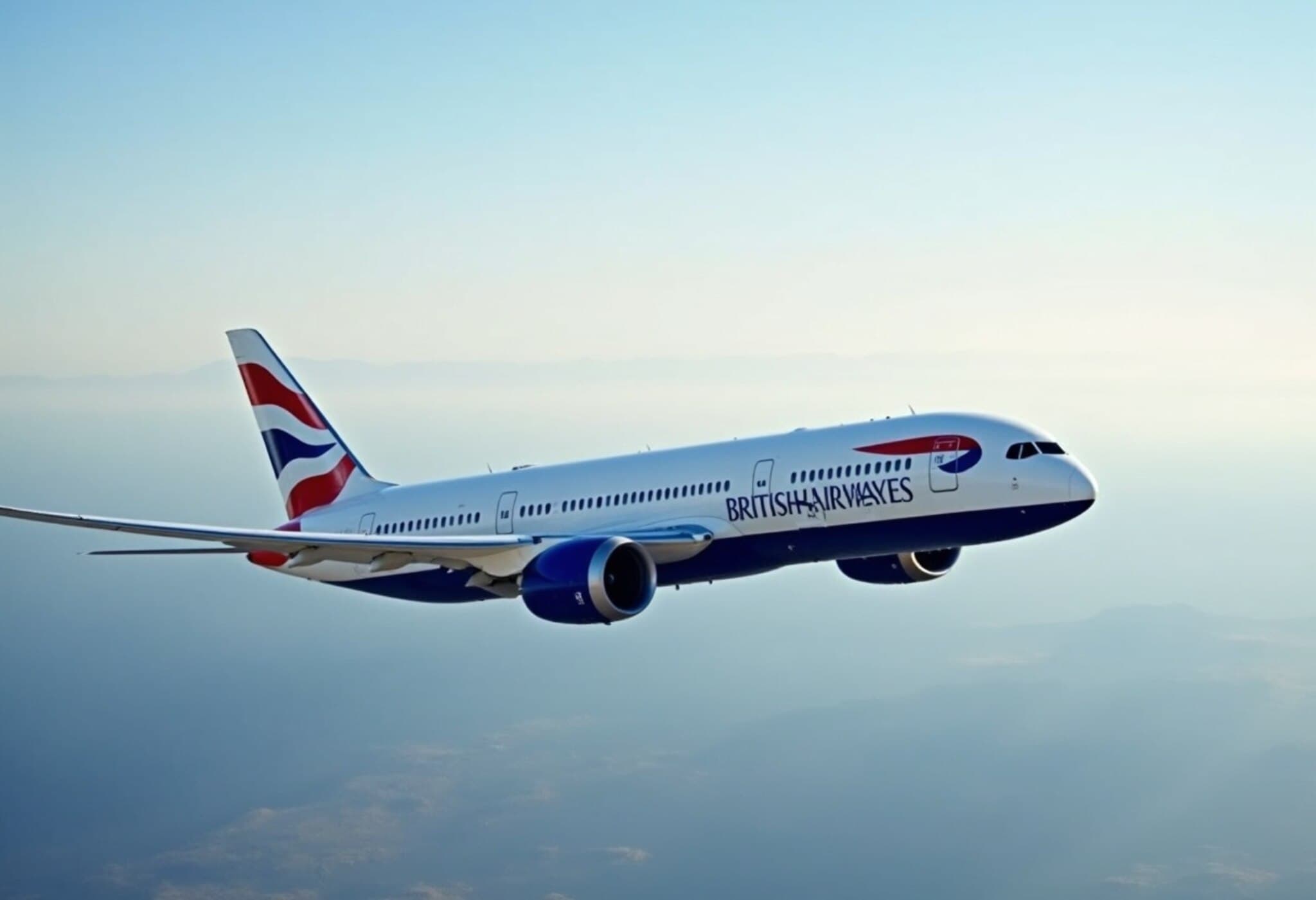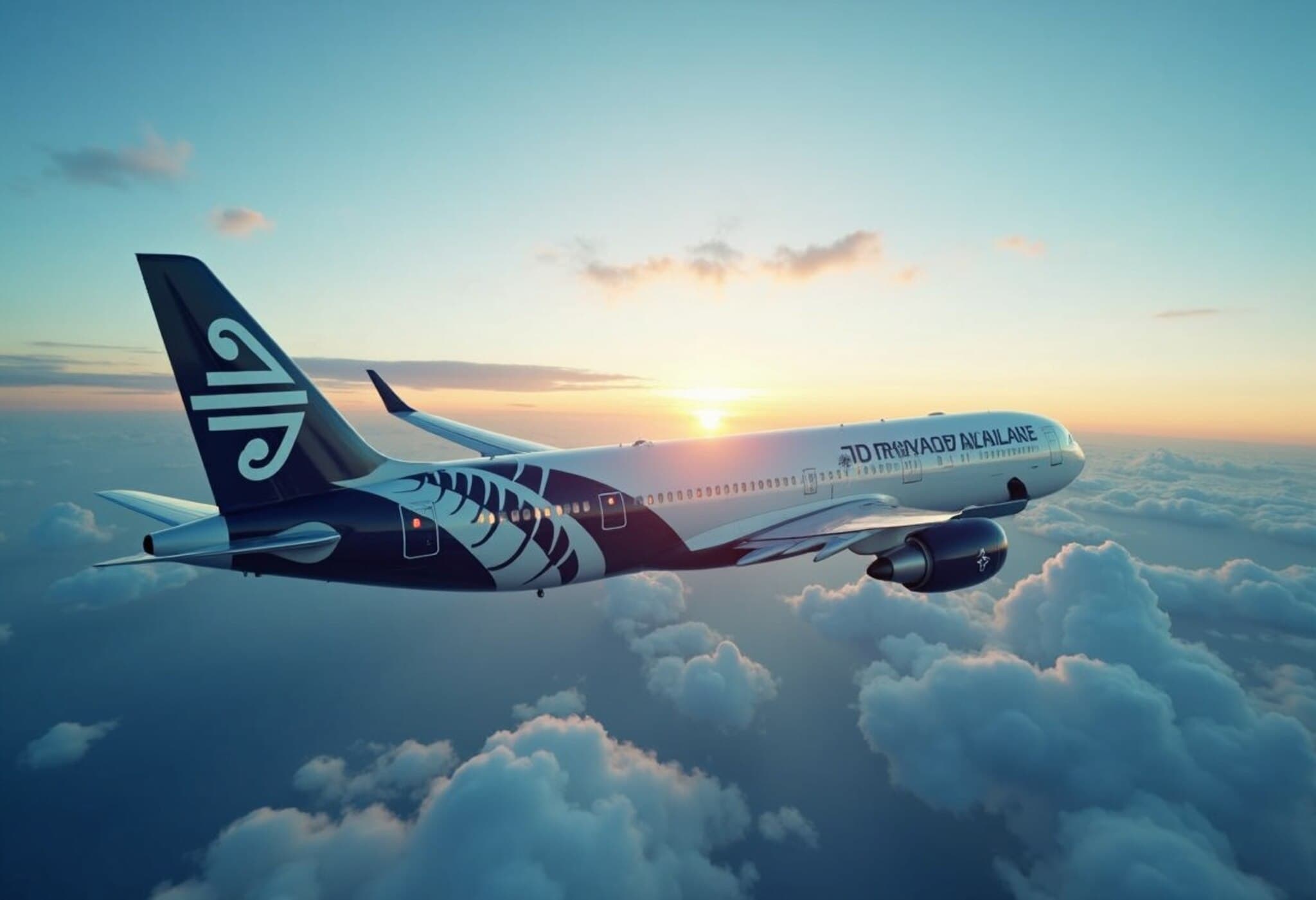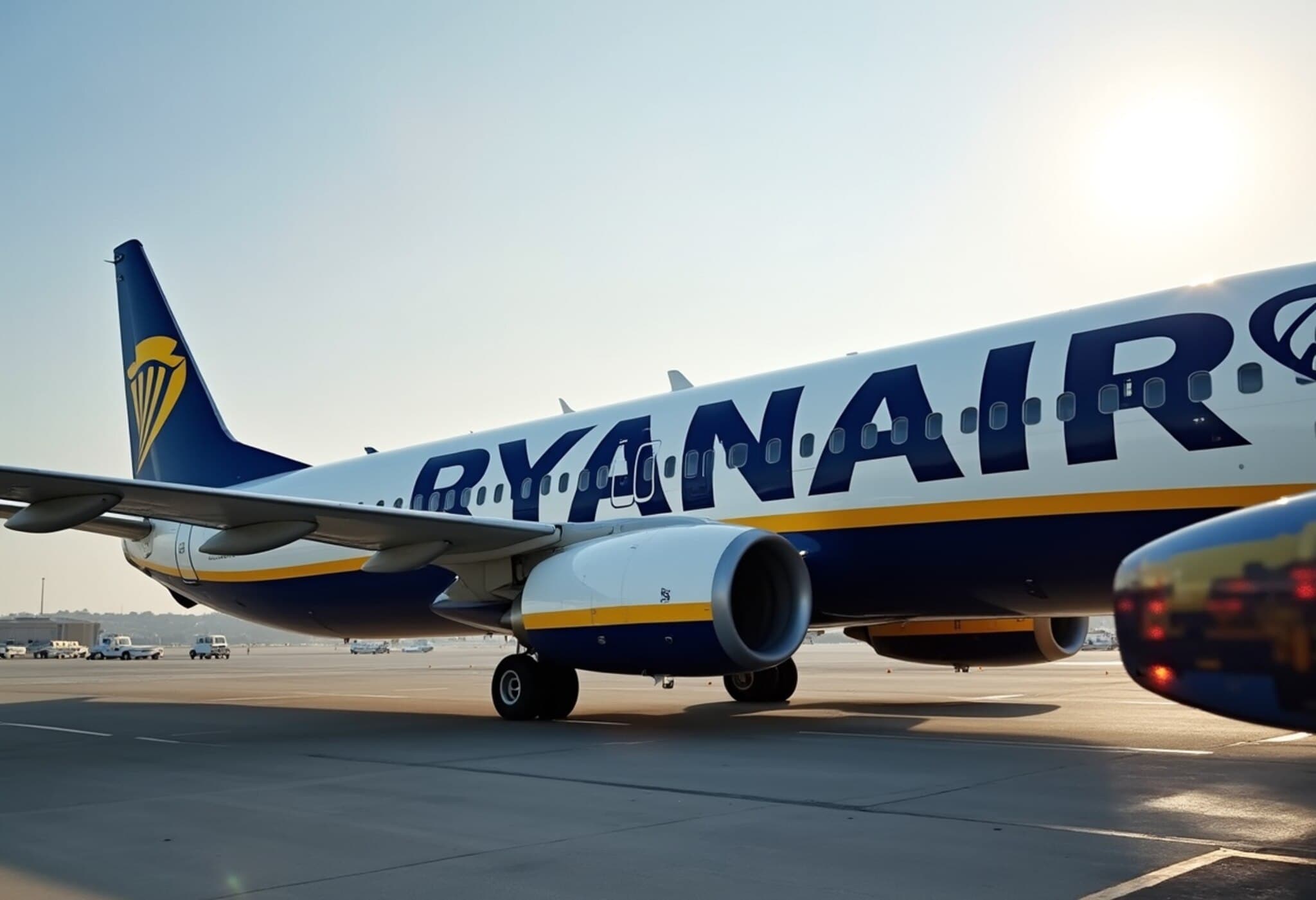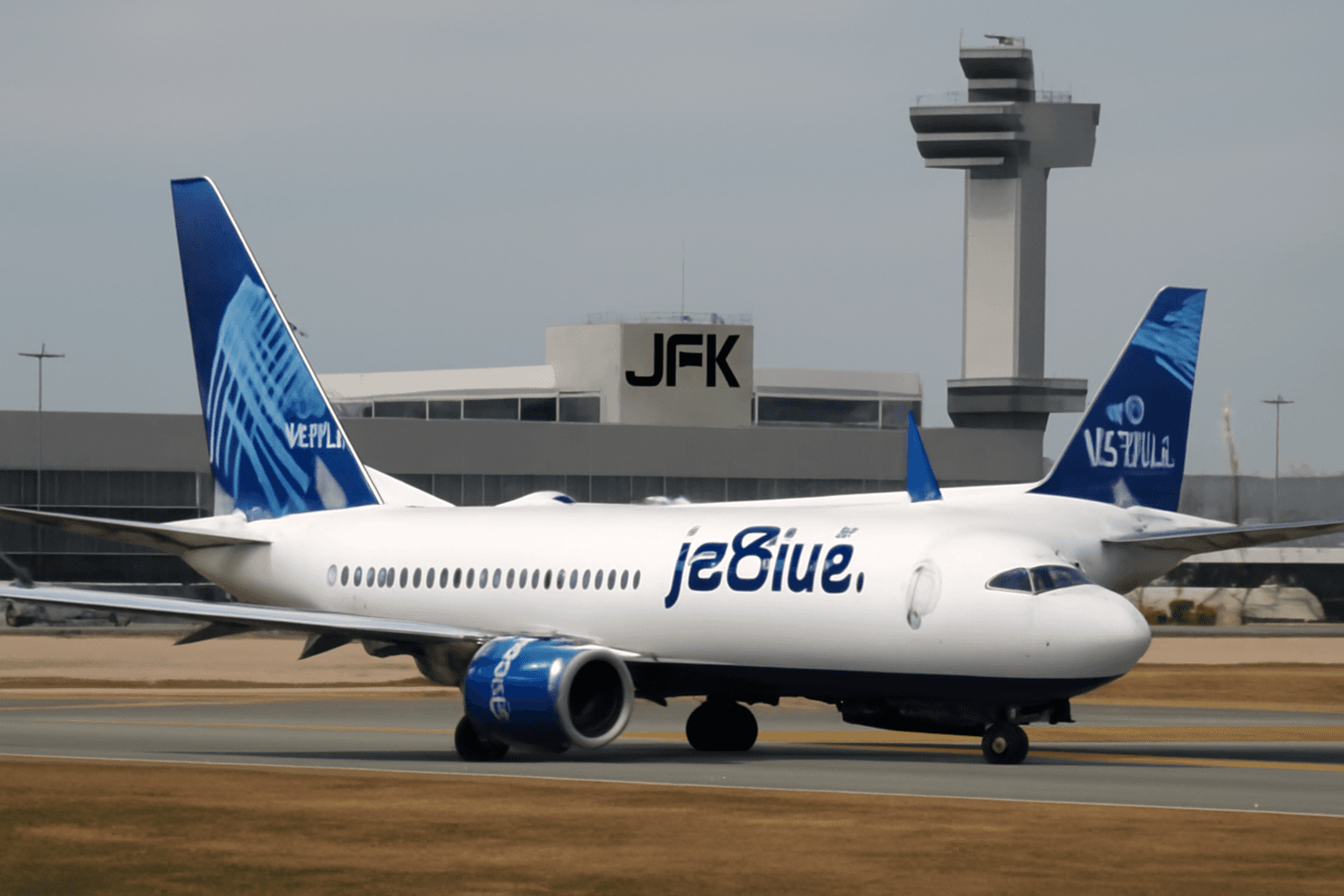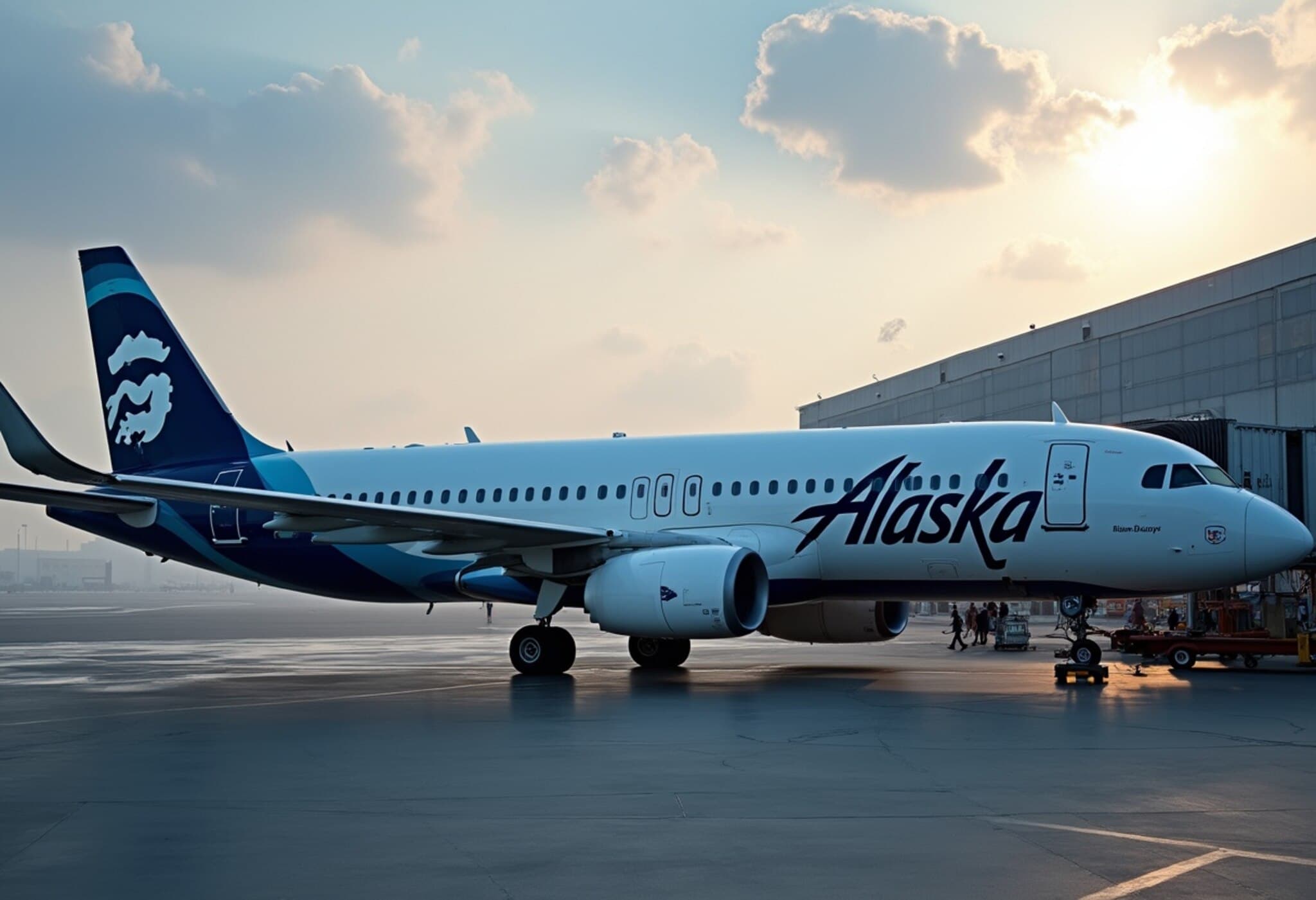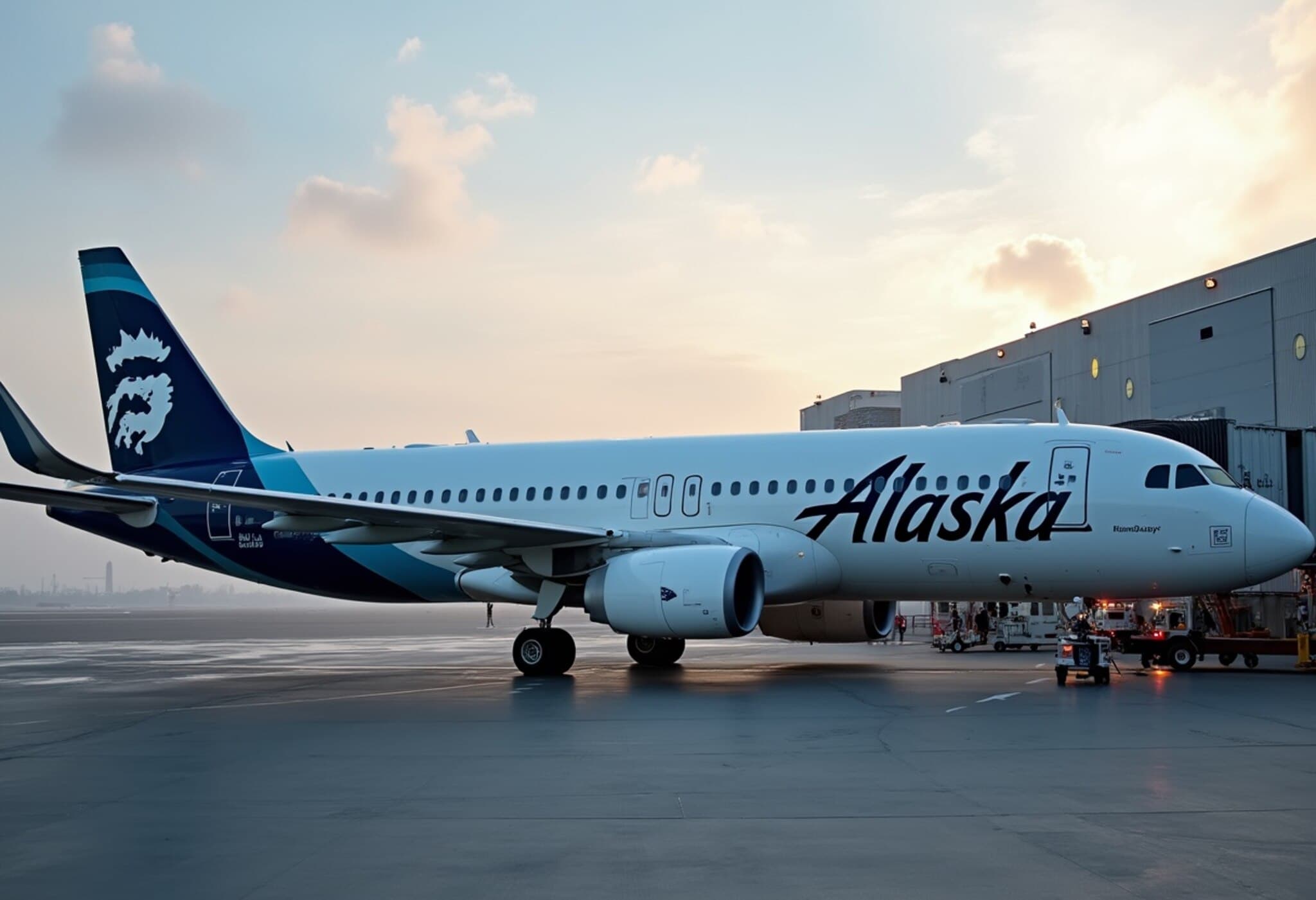Alaska Airlines Announces New Transatlantic Routes to London and Reykjavik
In a bold move signaling its growing international ambitions, Alaska Airlines revealed plans to launch daily nonstop flights from its Seattle hub to London Heathrow and seasonal service to Reykjavik, Iceland, starting May 2026. This expansion comes on the heels of its recent acquisition of Hawaiian Airlines, further bolstering its long-haul reach.
Strategic Route Additions for a Competitive Edge
The Seattle–London Heathrow route will utilize the technologically advanced Boeing 787-9 Dreamliners, offering passengers enhanced comfort on this busy business and leisure corridor. Meanwhile, the flight to Reykjavik will be operated seasonally in spring and summer using a Boeing 737 Max 8, catering to travelers seeking unique experiences in Iceland's natural wonderlands.
These new services add to an expanding portfolio of international routes out of Seattle, which now includes the recently inaugurated Seattle–Tokyo Narita flight and upcoming launches to Rome and Seoul scheduled for 2026. Alaska Airlines aims to operate at least 12 nonstop intercontinental flights from Seattle by 2030, positioning the city as a strategic West Coast gateway.
New Livery Celebrates Alaska’s Northern Heritage
Coinciding with its international growth, Alaska Airlines unveiled a fresh livery for its Boeing 787-9 Dreamliners, inspired by the captivating northern lights—a natural phenomenon closely associated with Alaska's geography and cultural symbolism. This branding effort reflects the airline’s commitment to blending its heritage with a modern global vision.
Hawaiian Airlines Integration Remains Respectful of Brand Legacies
Since completing its acquisition of Hawaiian Airlines last year, Alaska Airlines has maintained a respectful approach by preserving the distinct identities of both carriers. Hawaiian Airlines’ wide-body long-haul fleet will continue operating under its own brand, ensuring loyal customers retain the familiar experience while benefiting from expanded network synergies.
Expert Insight: What This Means for Travelers and the Aviation Landscape
From a policy and market perspective, Alaska's expansion taps into a growing appetite for international travel post-pandemic, particularly on premium seats where demand has shown resilience compared to the saturated domestic market. Seattle’s evolving role as a transpacific and transatlantic hub underscores the shifting dynamics in U.S. aviation, where West Coast carriers are increasingly challenging legacy East Coast gateways.
Moreover, Alaska’s investment in fuel-efficient aircraft such as the 787-9 and 737 Max aligns with industry-wide pressures to reduce carbon footprints—a critical consideration amid tightening environmental regulations and rising consumer consciousness about sustainable travel.
For travelers, these new routes mean more options and competitive fares on transatlantic and European journeys, alongside the promise of high-quality service synonymous with Alaska Airlines. The seasonal Reykjavik service, in particular, taps into burgeoning interest in Iceland as a tourist destination known for its spectacular landscapes and adventure tourism.
Looking Ahead: The Future of Seattle as an International Aviation Hub
- Alaska Airlines targets 12+ nonstop intercontinental routes by 2030.
- New flights enhance connectivity for both business travelers and leisure seekers.
- The introduction of new aircraft liveries signals a branding strategy that honors heritage while embracing modernization.
- Multi-brand operation with Hawaiian Airlines leverages strengths without diluting distinct market appeal.
Editor’s Note
Alaska Airlines’ ambitious expansion marks a pivotal moment for West Coast air travel, redefining Seattle’s role in connecting the U.S. to Europe and Asia. As the airline navigates the complexities of global growth amidst evolving passenger expectations and environmental imperatives, key questions emerge: How will sustained international competition shape fare structures? Can Alaska maintain its renowned service quality amid rapid expansion? And how will this influence airport infrastructure and regional economies in Seattle and beyond?
Stay tuned as this story develops, offering insights into the evolving tapestry of global air travel and the strategic calculations fueling one of America’s fastest-growing airlines.

